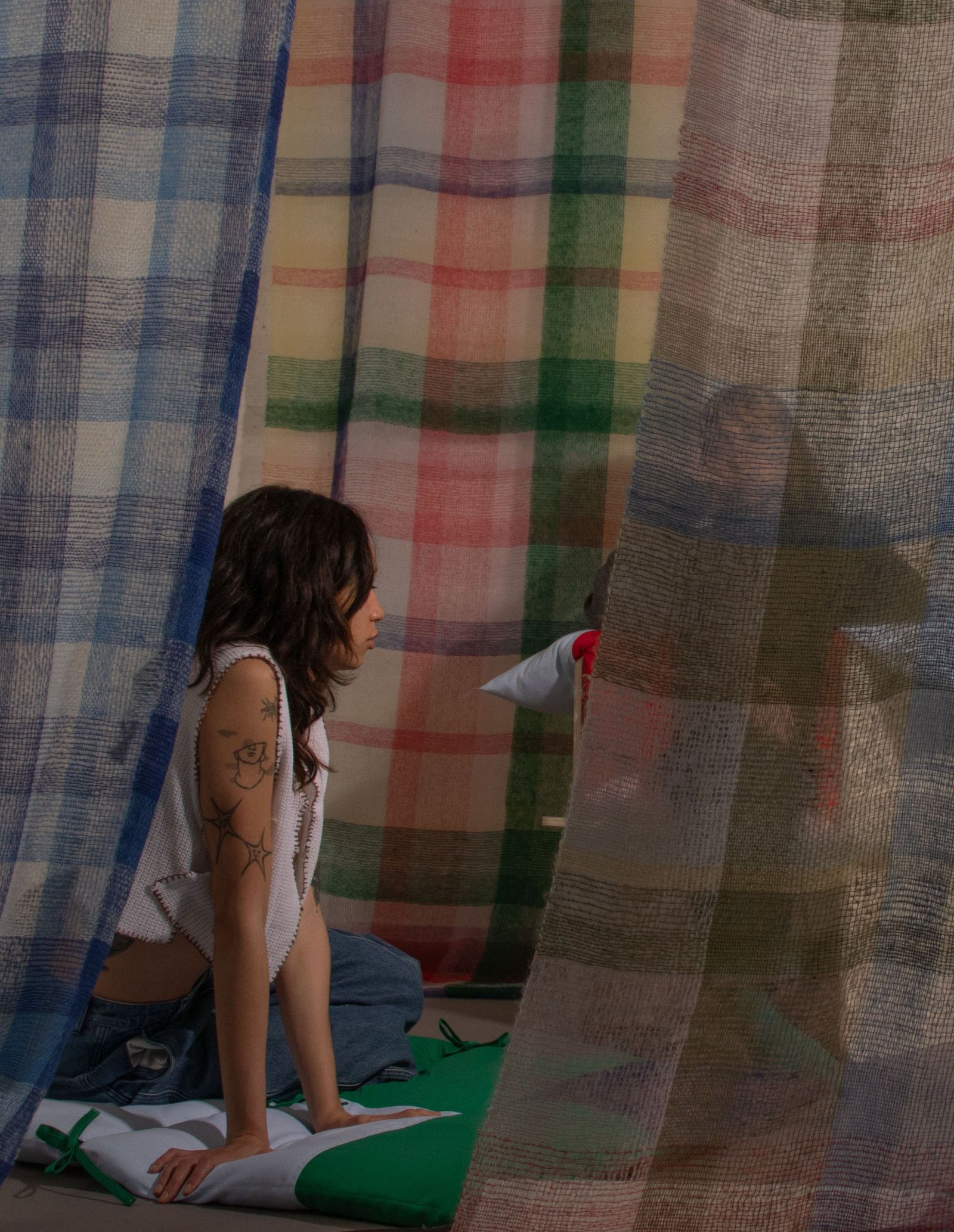
The women of my family kept on passing down a need for freedom and peace, involuntarily or not, through the art of manipulating or creating textiles. I feel that my need to connect with them is somewhat answered through my use and exploration of the textile techniques they practiced. This is how ‘my Mothers’ was born.
What importance did making textiles play in our lives? Would making or crafting allow us to reconnect with part of our heritage and tradition? Can we reroot ourselves through the exploration of our ancestors textile practices?
By getting to know more about Them, I was able to better understand myself. Highlighting the different paths we have walked, the different threads we have followed, it ultimately showed that textiles connect all of us. This project is more than an exploration - it’s an offering. I truly believe that practicing, creating, making textiles can help others who, like me, have questioned where they belong. Through this work, I want to share that sense of belonging - opening up the conversation and narratives surrounding heritage.
As I gathered their stories and experiences, I compiled them into a book - my thesis. But writing their stories down didn’t feel like enough. I wanted to bring them together in a more literal, tangible way; I started creating objects - designing these individual products - using textile techniques I associate with each of them. Together they create a space that feels safe, comforting, familiar - where we could connect and reunite. Colour also plays a big part, as it brings in lightness and playfulness, reminding me of the vibrant palette of my childhood memories.
The space:
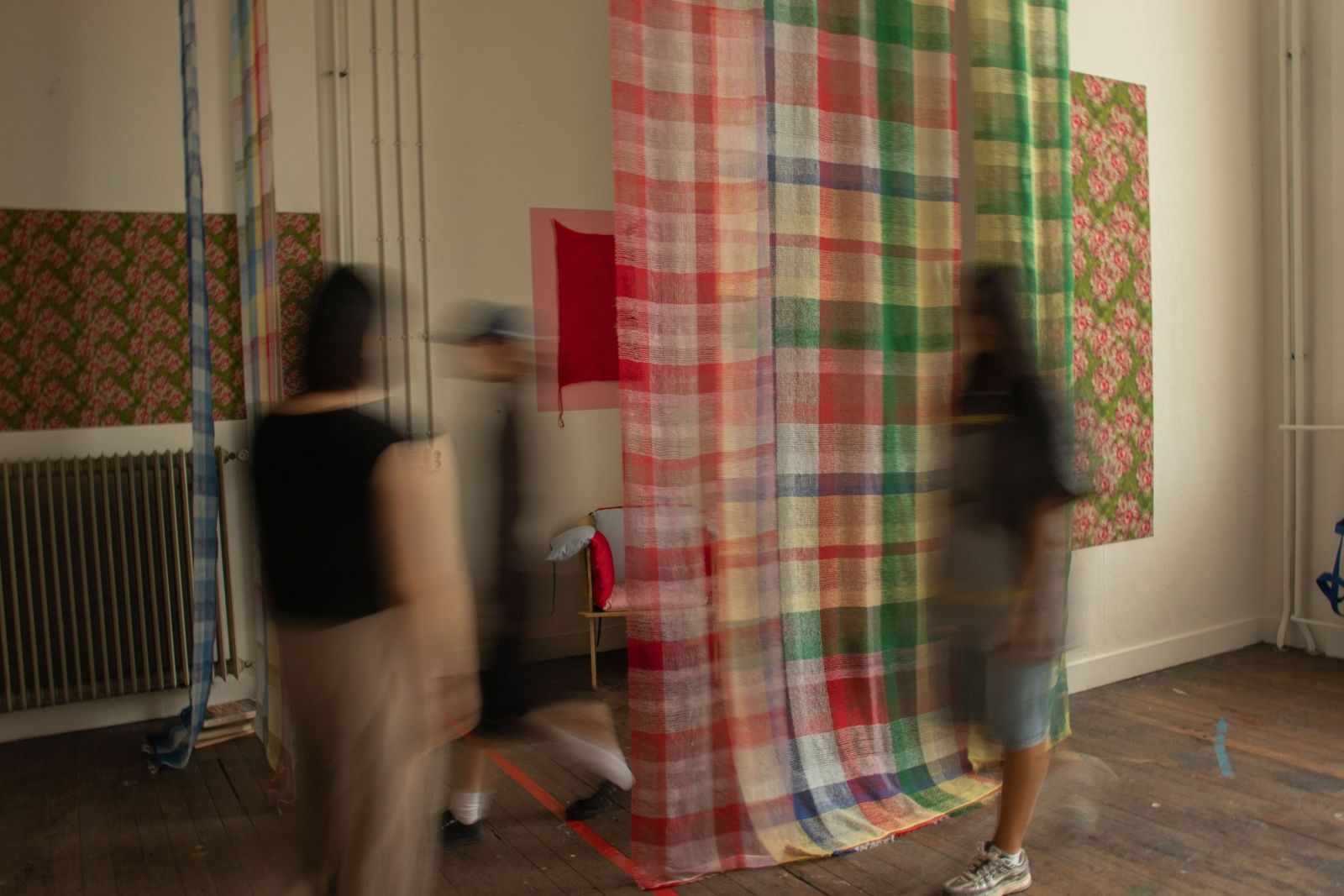
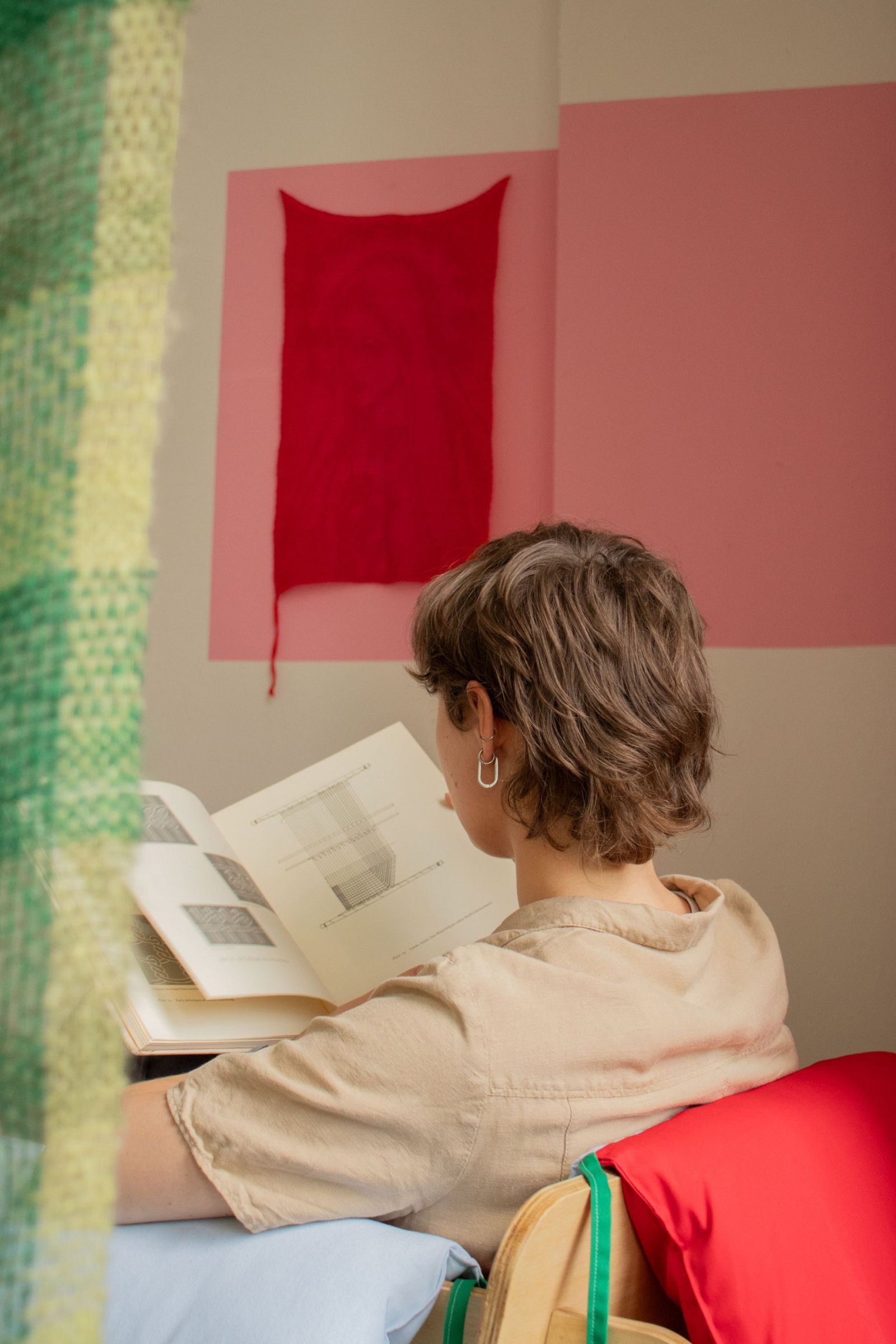
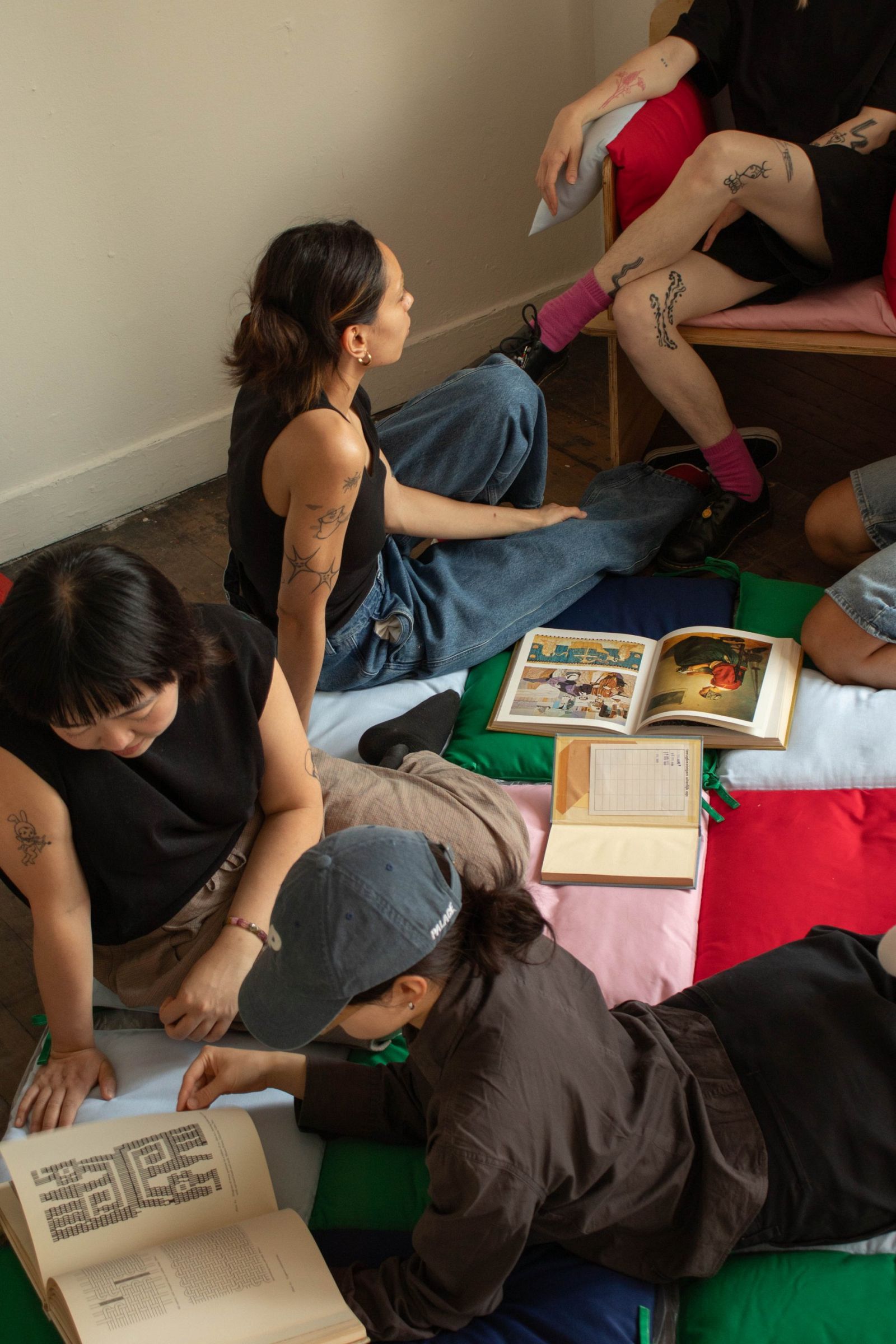
The objects:
The curtains are inspired by madras fabric, which is an important part of Guadeloupe's history and traditional costumes.
They were hand woven on a Swedish loom, with mohair yarn, creating a soft, tactile barrier between the space and the outside world.

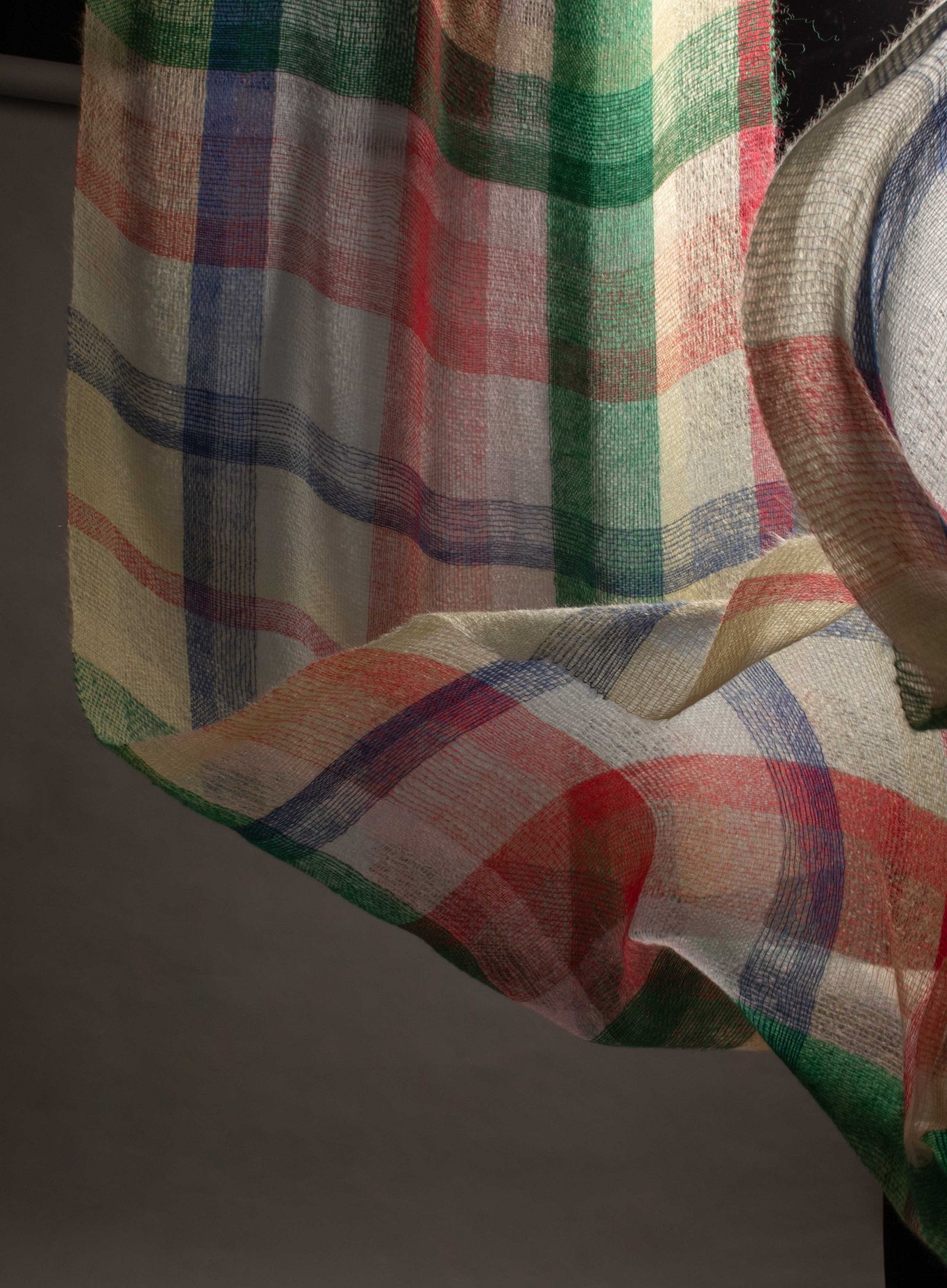
I designed the curtains to be flexible. They can move sideways or up and down, so you can open or close the space, depending on whether you want to feel more connected or more isolated.
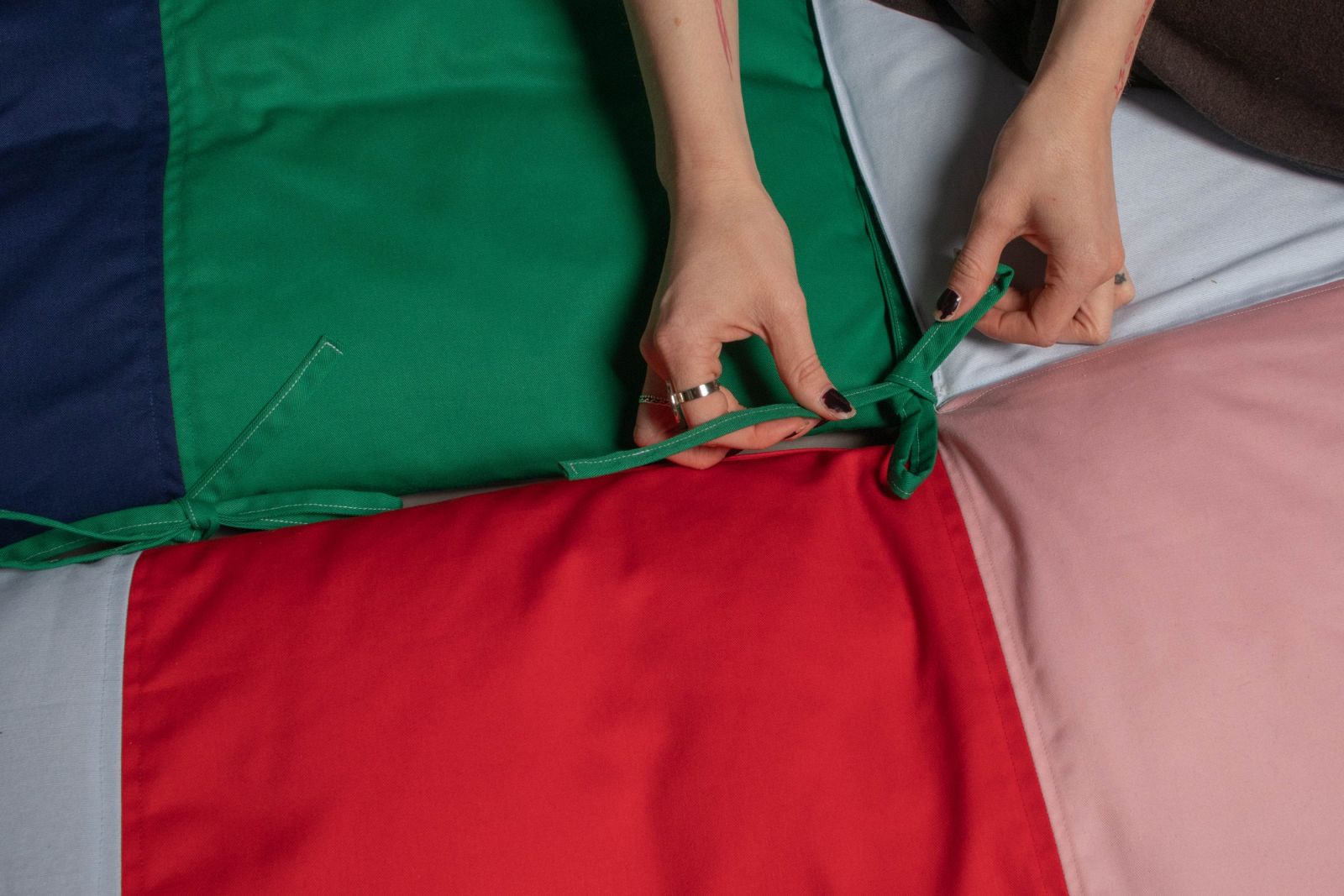
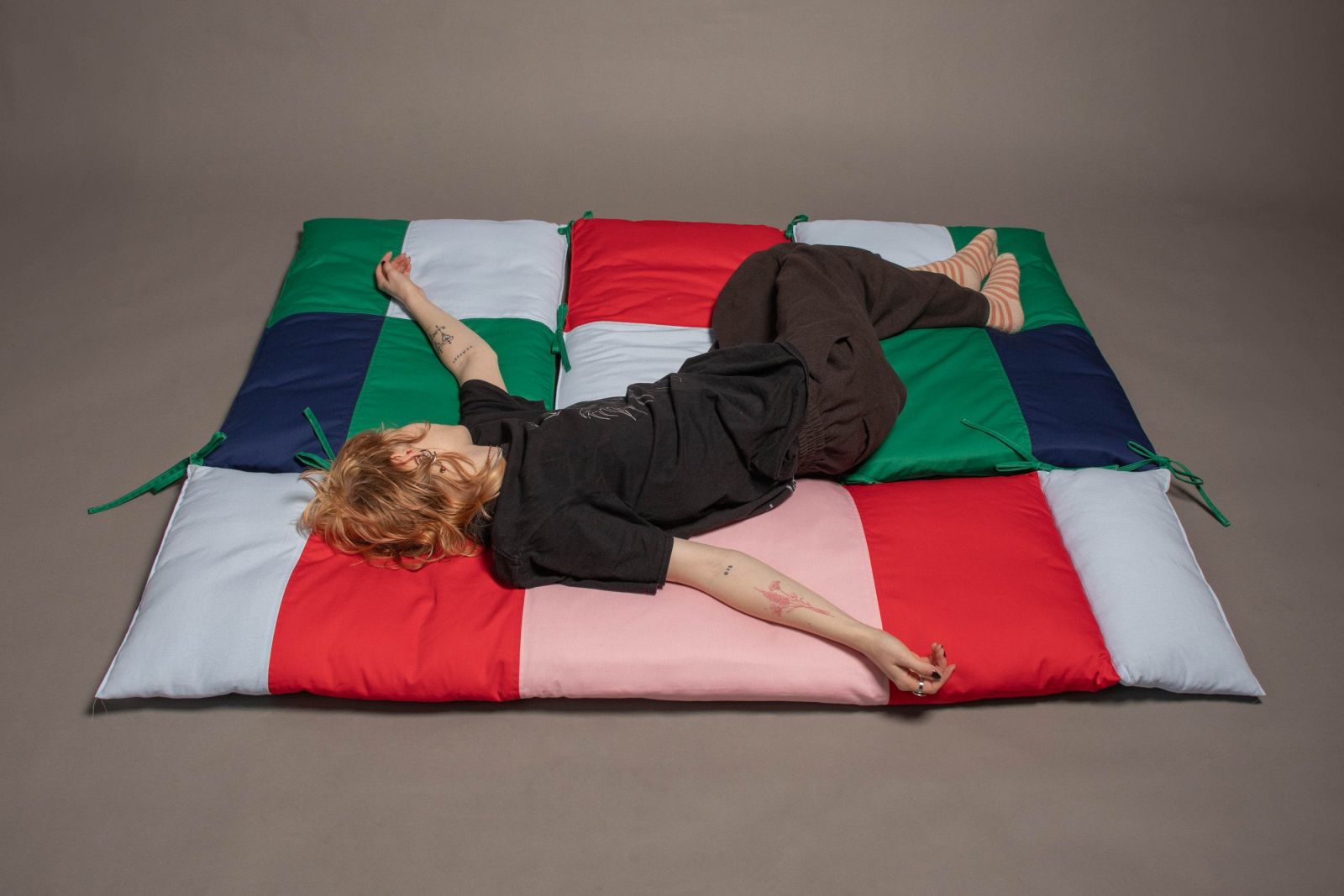
Consistent with the rest of the collection, the cushions incorporate a modular design. They can be securely tied together to form a floor cushion, or separated and placed on the chair to provide an additional layer of comfort.
The chair draws inspiration from 1970s furniture. It consists of four wooden panels that can be assembled and disassembled with ease, allowing for convenient transport and storage.
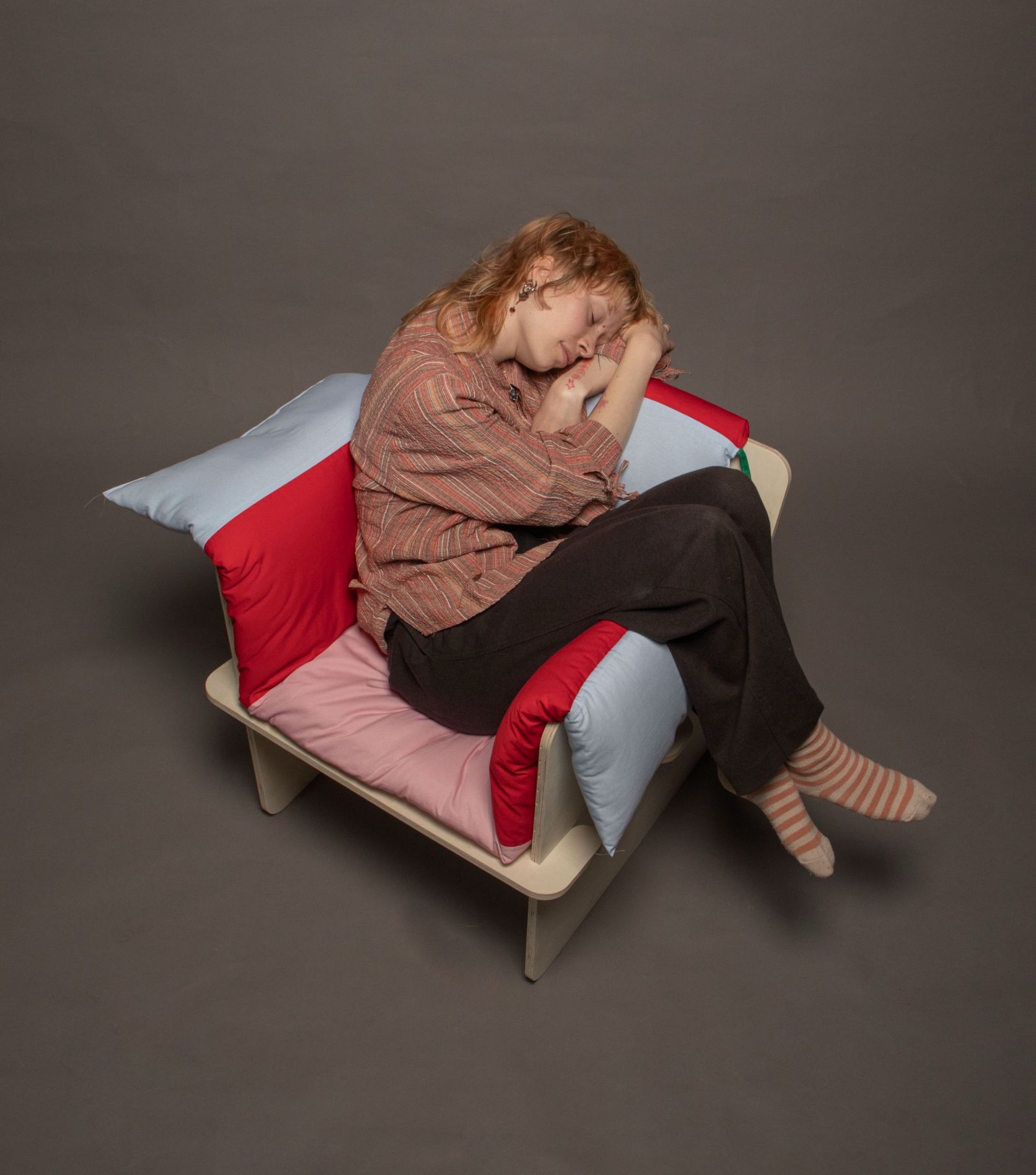

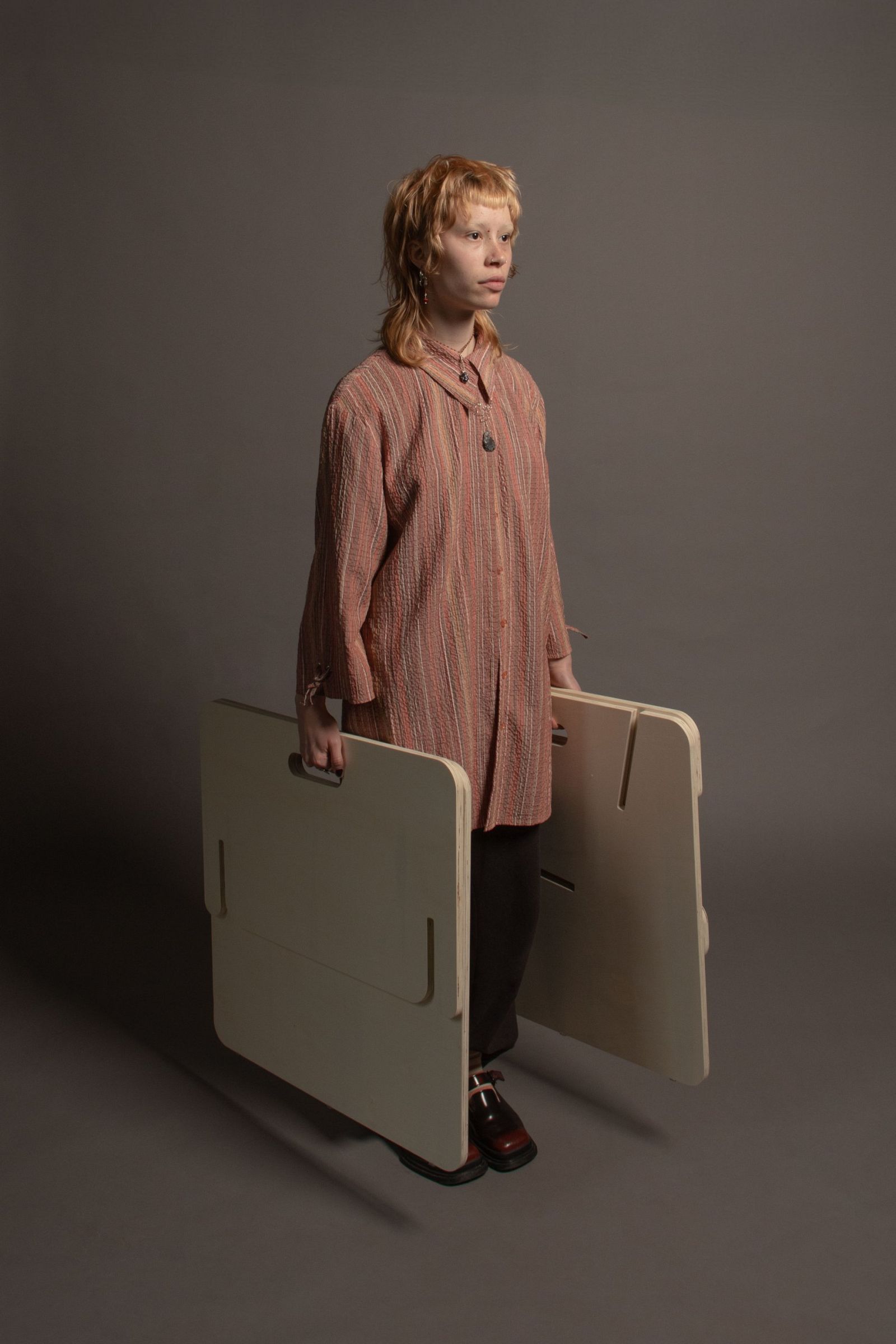

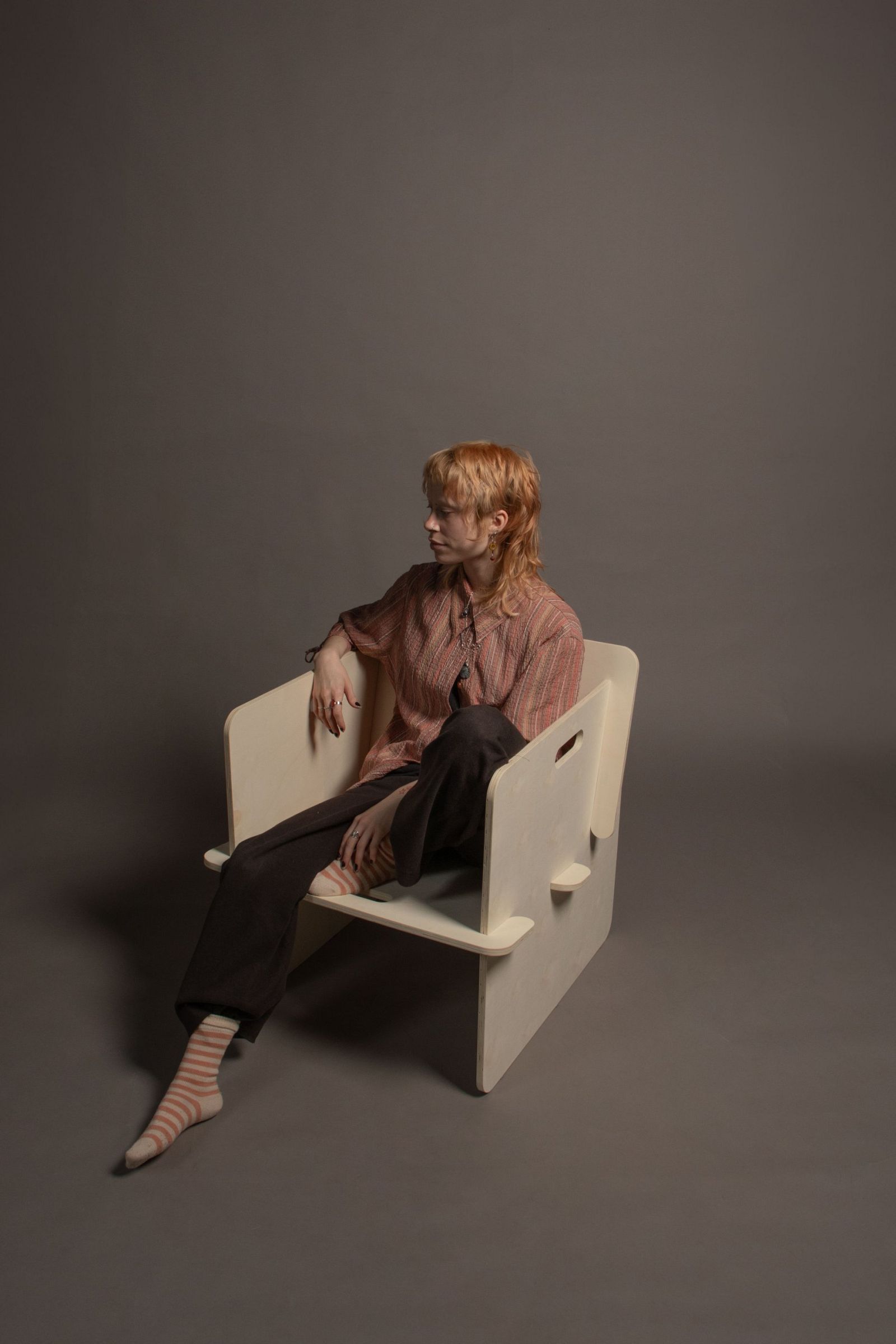
The links below offer a closer look at the design process and thinking behind my project:
To the women who came before me, I hope to keep on honouring you through the practice of textile.